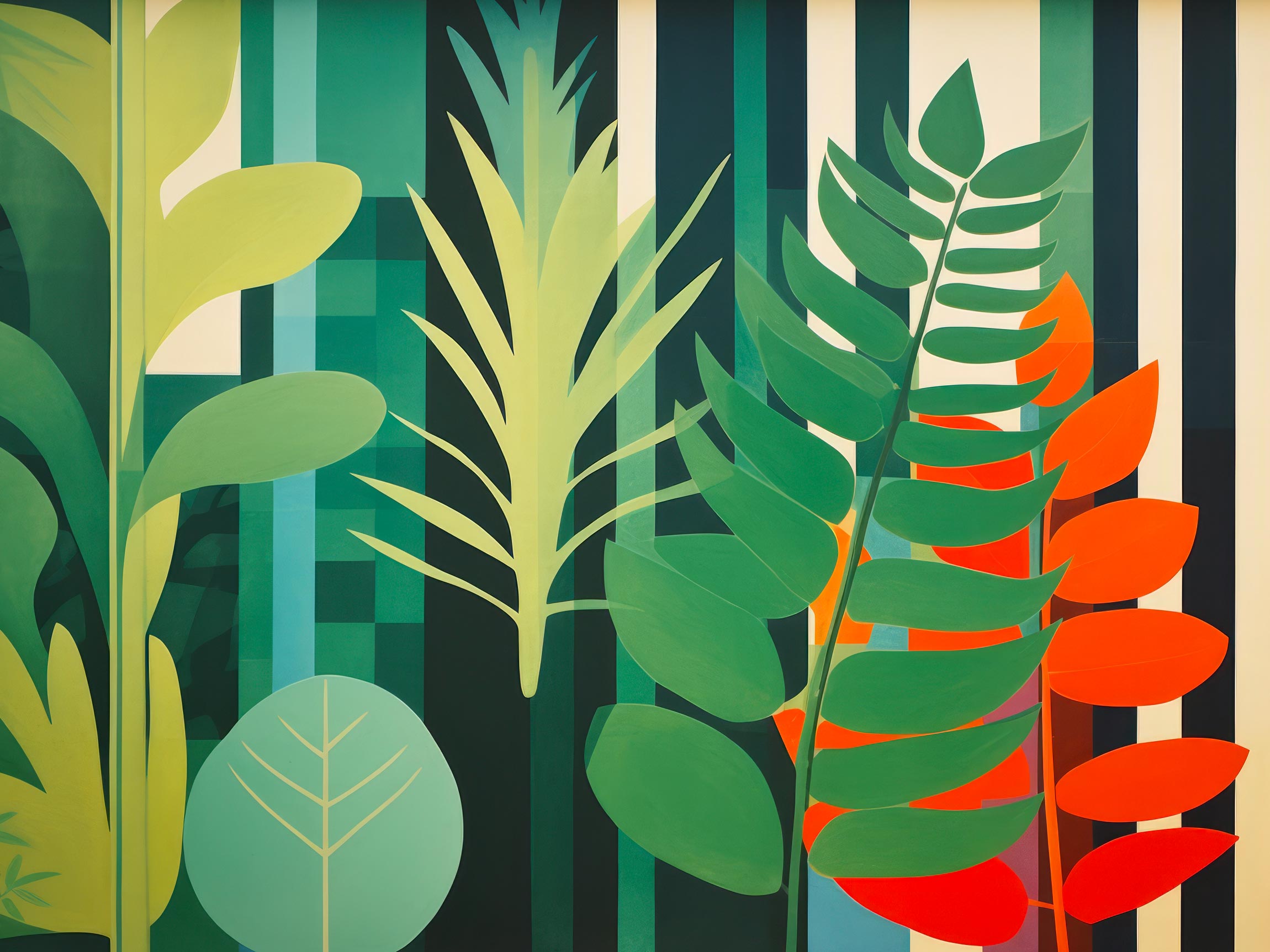Nature, with its remarkable diversity and ingenious adaptations, has been an unparalleled source of inspiration for human innovation. The concept of biomimicry, which involves drawing insights from nature’s patterns, structures, and processes to solve human challenges, has gained significant traction in various fields. One realm where biomimicry has found profound relevance is design. In this article, we delve into the intriguing world of biomimicry in design, exploring how nature’s perfect patterns have guided creative minds to craft functional and visually compelling solutions.
The Essence of Biomimicry: An Introduction
Biomimicry, often referred to as “nature-inspired design,” hinges on the belief that nature, through its billions of years of trial and error, has perfected solutions to myriad problems. As humans encounter challenges in their own innovations, it is only logical to turn to the world’s most experienced problem solvers—organisms that have evolved and adapted over millennia. From Velcro’s hook-and-loop fasteners modeled after burrs to Japan’s Shinkansen train that mimics the kingfisher’s streamlined beak, examples of biomimicry are abundant and diverse.
Nature’s Blueprint: Patterns and Structures
Nature presents an array of intricate patterns and structures that not only serve specific functions but also captivate the human eye. The Fibonacci sequence, a mathematical pattern seen in the spirals of seashells and the arrangement of leaves on stems, has influenced everything from architecture to logo design. The hexagonal honeycomb structure of beehives has inspired innovations in structural engineering. These patterns are not just visually appealing; they are functional solutions that have withstood the test of time.
Biomimicry in Design: A Marriage of Form and Function
Designers have long been captivated by the elegance of nature’s solutions. By studying and imitating these solutions, they can seamlessly integrate form and function. Take the example of the Eastgate Centre in Zimbabwe, which emulates the ventilation system of termite mounds to regulate indoor temperature efficiently. This architectural marvel harnesses the principles of biomimicry, proving that solutions found in nature can translate into human-centric design.
Sustainability and Biomimicry: A Natural Synergy
As the world grapples with environmental challenges, biomimicry offers a pathway toward sustainability. Nature, with its inherently efficient processes and closed-loop systems, provides a blueprint for creating designs that minimize waste and energy consumption. The study of sharkskin has led to the development of innovative coatings that reduce friction and improve the efficiency of ships and airplanes. This intersection of biology and design holds the potential to revolutionize industries and contribute to a more sustainable future.
The Design Process Informed by Nature
Integrating biomimicry into the design process requires a deep understanding of natural systems and the ability to translate them into practical solutions. Designers need to adopt a holistic approach that goes beyond aesthetics and delves into the underlying mechanisms that make nature’s designs successful. By studying the biomechanics of cheetahs, Nike was able to create a running shoe that emulates the cheetah’s speed and agility, demonstrating how biomimicry can inform every facet of design.
Beyond Aesthetics: The Functional Advantage
While biomimicry can certainly enhance aesthetics, its true value lies in its ability to offer functional advantages. Engineers and designers have turned to the lotus leaf’s self-cleaning properties to develop surfaces that repel dirt and water. Velcro’s inspiration from burdock burrs led to a versatile fastening solution. By prioritizing function, biomimicry aligns with the core principles of design, where solutions must not only be visually appealing but also practical and efficient.
Catalyzing Innovation Through Collaboration
The marriage of biology and design is not a solitary endeavor. It thrives on interdisciplinary collaboration, bringing together biologists, engineers, designers, and other experts to co-create solutions. The Biomimicry Institute, founded by Janine Benyus, has been at the forefront of promoting and advancing biomimicry by fostering cross-disciplinary collaborations. This collaborative approach encourages innovation that draws from the brilliance of nature and translates it into human innovation.
A Call to Action: Embracing Biomimicry in Design
The potential of biomimicry in design is vast and multifaceted. As designers, engineers, and innovators, we have the privilege of learning from nature’s timeless wisdom. By adopting the principles of biomimicry, we can create designs that are not only visually captivating but also functional, sustainable, and harmonious with the natural world. From material innovation to architectural marvels, the journey of biomimicry in design is an exciting one that holds the promise of transforming industries and shaping a more resilient and nature-inspired future.


